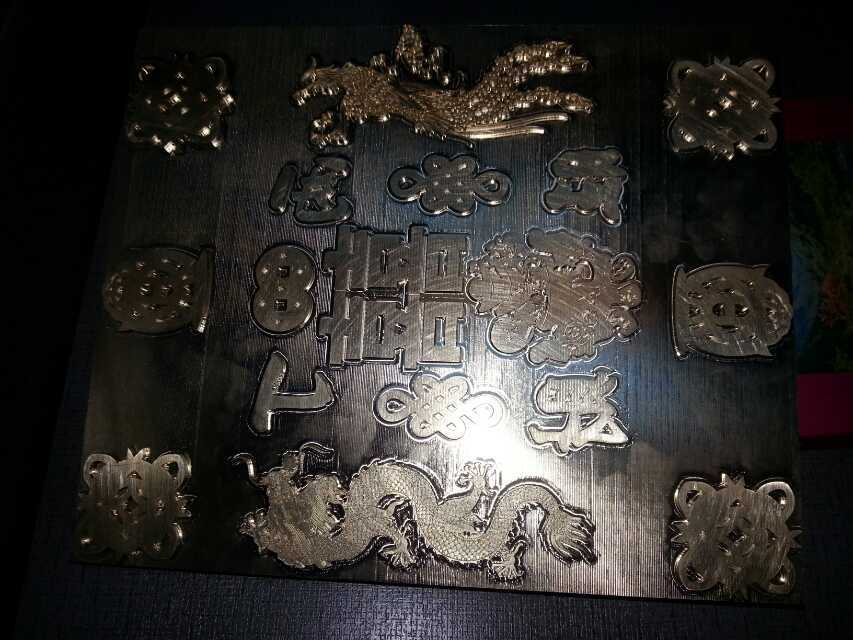The injection mold carving process mainly includes the following steps:
Mold design and analysis:
Use CAD software to design the mold structure, including parting surface, mold core, slider, ejection system, etc.
Use mold flow analysis software (such as Moldflow) to simulate the injection molding process and optimize the gate position and cooling system design.
Material selection and pretreatment:
Choose suitable steel materials such as S136, H13, etc. according to product requirements and mold life.
Pre-treat the steel, such as stress relief, to prevent subsequent deformation.
Precision machining process:
CNC machining: Use high-speed CNC machine tools to process core components such as mold cores and mold frames with an accuracy of ±0.005mm.
Electrical discharge machining (EDM): Process deep grooves, sharp corners or precise textures that are difficult to process by CNC.
Polishing: Polish the surface of the mold core. According to product requirements, the surface roughness can reach Ra0.01 – 0.4μm.
Carving process:
Mechanical carving: Use mechanical tools to carve on the mold surface, suitable for fine processing of complex patterns.
Laser carving: Use high-energy laser beams to irradiate the mold surface, causing the material to evaporate or melt instantly to form a carved pattern, suitable for processing high-precision and complex patterns.
Mold assembly and debugging:
Install ejectors, sliders, guide pillars, cooling water channels, etc. to ensure smooth moving parts.
Trial production on the injection molding machine, adjust parameters (temperature, pressure, cycle), detect product size and appearance, and optimize and adjust according to the mold trial results.
Mold trial and optimization:
Trial production on the injection molding machine, check the filling condition, cooling effect and product appearance of the mold.
Make necessary adjustments according to the mold trial results, such as modifying the gate size, adjusting the cooling water channel, etc.
Surface treatment and subsequent processing:
Surface treatment of the mold, such as sunburn, etching, plating, etc., to improve the wear resistance and appearance quality of the mold.
Perform necessary subsequent processing on the finished product, such as spraying, silk screen printing, etc., to meet special appearance and functional requirements.
The following aspects can be considered when choosing a suitable injection mold engraving process:
1. Product requirements
Appearance requirements
If the product has extremely high requirements for appearance, such as the shell of high-end consumer electronic products, laser engraving may be a better choice because it can achieve very fine pattern engraving and high surface smoothness. For some products that are not particularly fine in appearance requirements but are cost-sensitive, mechanical engraving can meet basic appearance requirements while having a lower cost.
Functional requirements
If the engraving has an impact on the product function, such as there are specific structures or channel requirements inside the injection molded parts, and the position and shape of the engraving need to be precisely controlled, mechanical engraving may be more suitable under such complex functional requirements because its processing process is relatively more controllable.
2. Mold material
Steel mold
For steel molds, due to their high hardness, high strength and high wear resistance, both mechanical engraving and laser engraving can adapt well. But if higher precision is pursued, laser engraving may have more advantages.
Aluminum mold
Aluminum molds have low manufacturing costs, short manufacturing cycles, and good heat dissipation performance. For aluminum molds, laser engraving is relatively more suitable, because mechanical engraving may cause greater wear and tear on the mold, while laser engraving is a non-contact processing, which can reduce damage to the aluminum mold.
3. Cost budget
Equipment cost
The cost of laser engraving equipment is relatively high. If the budget is limited, mechanical engraving is a more economical choice.
Processing cost
Laser engraving is fast, and the processing cost may be lower in large-scale production; while mechanical engraving is slow, but the equipment is simple, and the cost is relatively controllable in small-scale production.
4. Production efficiency requirements
Large-scale production
If it is large-scale production, the high speed of laser engraving can greatly improve production efficiency. Although the equipment cost is high, it may be more cost-effective in the long run.
Small-batch production
For small-batch production, mechanical engraving has a lower cost in small-batch production, and the processing parameters can be flexibly adjusted according to actual conditions.
Post time: Jul-04-2025

